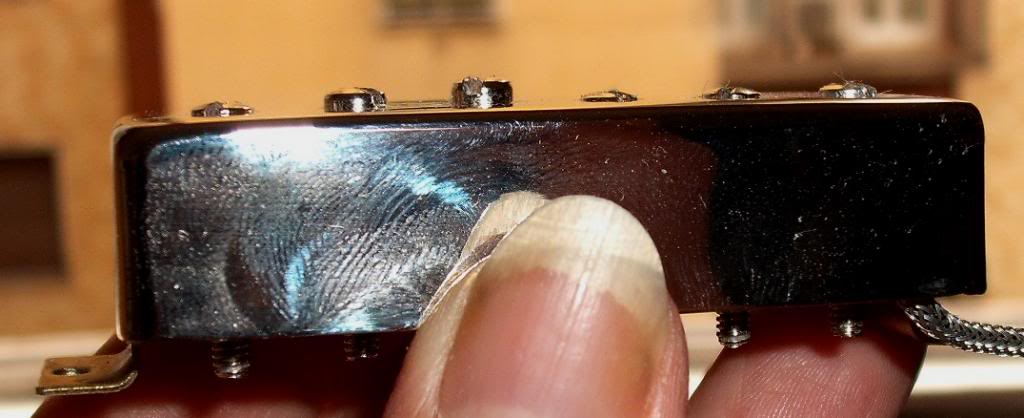I'm assuming that shortening filister-type pole screws will give the same slight tightening/brightening effect as shortening hex screws does - this is correct, yes?
Am wondering whether it might be worth experimenting with this.
Am wondering whether it might be worth experimenting with this.




Comment